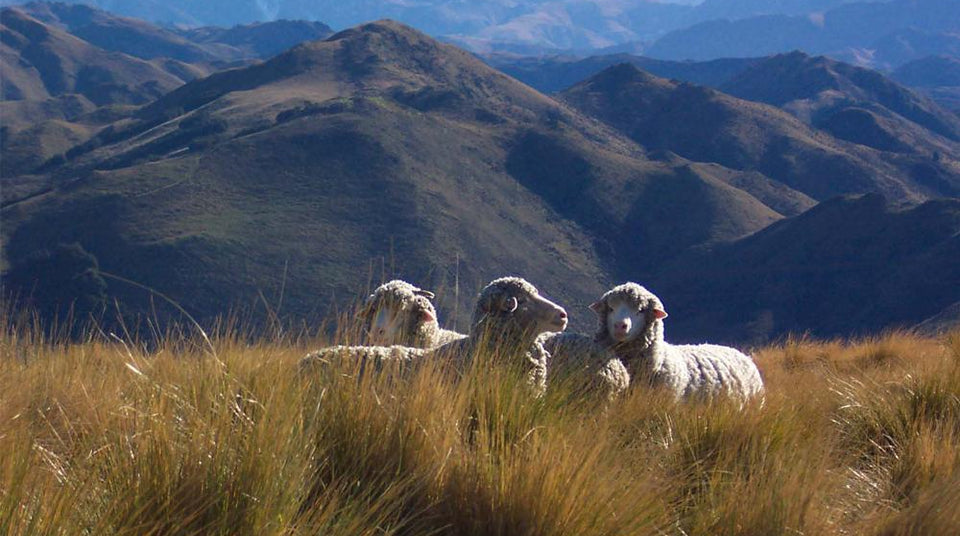The Royal Saga of Escorial Wool

We tend to think of wool as a winter material, particularly when it comes to suiting. In reality, it’s the perfect all-year-round fibre; warming to wear in cold weather and cooling when it heats up.
Wool’s natural porosity helps it to breathe, and allows cool air to circulate through woollen fabric to the wearer beneath. Many tailors use lightweight wool suiting cloth during the spring and summer months for this precise reason. Of course, a linen suit is a lovely thing in summer – and you’ll be seeing more of these at Turnbull as we progress through the season – but crisp, lightweight wool is just as well suited (if you’ll pardon the pun) to warmer climes.
That said, some wool fibres are better in the heat than others, and Escorial wool is among the very best. This particularly fine quality of wool comes from a rare sheep breed that takes its name from the palace of El Escorial, which was built by King Philip II of Spain to the north of Madrid in 1584. Said King kept a flock of these sheep as a point of prestige, they were the only animals allowed to graze the land surrounding his palace. Their wool was prized for its smoothness and its softness, and when spun and woven, it made for truly regal fabric.
While Escorial’s origins are Spanish, today, the sheep only survive in Australia and New Zealand, following the enterprising actions of a Scotswoman, Eliza Furlong, who braved a 250-day journey by sea to transport a flock of 120 Escorial sheep from Spain to Australia during the Napoleonic wars. At the time, the breed was threatened with extinction in Spain due to an unfortunate combination of wartime neglect and the urgent need for lamb and mutton to feed troops.
On arrival in the New World, these sheep were all-but forgotten, until one Peter Radford rediscovered an Escorial flock in Tasmania, Australia in 1967, more than a century after Eliza’s fearless voyage in 1829. Radford promptly brought 40 lambs to pasture on New Zealand’s rugged South Island and his family have been breeding Escorial sheep ever since. To ensure the quality of wool is consistent, the Radfords ensure that their sheep have access to the finest grazing land in New Zealand – caring for their animals to the very highest standard.
Consequently, the wool has maintained the characteristics which have made it so prized for centuries; Escorial fibre has a pronounced crimp or curl to it, which makes it unusually springy, breathable, and resistant to creasing.

This brings us to our very own Escorial suit – one of this season’s signature pieces. The jacket and trousers are available separately, and both are cut in dove grey Escorial wool, which is remarkably soft to the touch. Worn as a two-piece suit, it’s ideal for occasionwear; whether a wedding, christening, or a cocktail party. Like all our tailoring, these separates were made in Italy with a soft construction and clean English lines. Standout details include the jacket’s ticket pocket on the right hip and the dark brown real horn buttons that used throughout – the traditional choice of our neighbours on Savile Row.
Dressed with a crisp white shirt and elegant navy tie, both from our classic collection, this is a truly elegant suit, designed to perform impeccably for many seasons to come.


